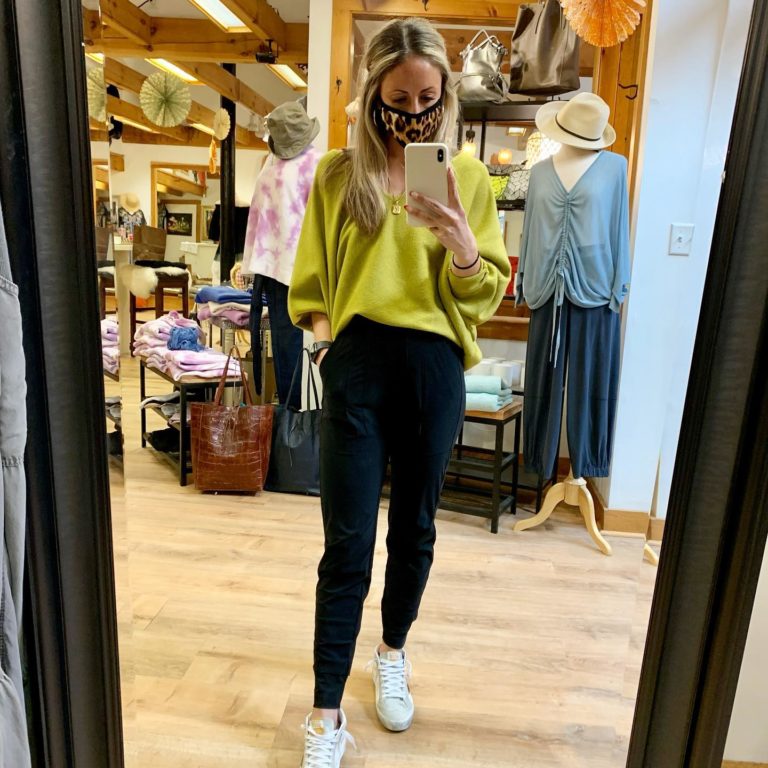

Federal government support for the industry has focused on non-Indigenous organisations established to commercialise native foods or their constituents, typically via research grants or in conjunction with the industry’s peak body, Australian Native Food and Botanicals.īunurong and Yuin man Bruce Pascoe founded Indigenous social enterprise Black Duck Foods, a farm near Mallacoota in Victoria dedicated to growing Indigenous grains and other native foods. With chefs leading the charge and the pharmaceutical and wellness industry close behind, there have been countless attempts to commercialise native foods, or exploit their constituents, few of them driven by Indigenous Australians.Ī 2018 study found that just 1 per cent of Australia’s $25 million native foods industry is generated by Indigenous people. Native botanicals range from the pleasingly familiar finger lime (gulalung) to the moreishness of the chocolate and vanilla lilies (gitjawil matom) and the mouth-implodingly citric Kakadu plum (gubinge). He has also spent the best part of the past decade working to convince South Australian farmers to replot their farms to grow native botanicals, arguing that many are nitrogen-fixing, flourish without the need for irrigation, are climate change-resistant and avoid supply chain issues. Using alcohol with native ingredients is a divisive issue, but distillation can preserve an ingredient and increase its value over time, making it economically viable.

You won’t always meet with success because you might meet someone whose life has been so torched by non-Aboriginal Australia that they don’t even want to talk to you.”īy highlighting individual native botanicals in gin, Carter has given many Australians their first taste of these plants. But what goes with kangaroo? There are recipe matches we just haven’t discovered yet.” “Where did you find that botanical? What ground were you on? Wherever that was, go to your Aboriginal community. When it comes to food there are combinations that we know: tomato and basil, rosemary and lamb. “Imagine being a painter and discovering a whole new spectrum of colours. These flavours are unique, says Brendan Carter, founder of the Adelaide Hills-based distillery Applewood, and the man who sourced the river mint, or poang-gurk, that I tried. Now, however, the industry appears on the verge of a revolution.

Yet the native foods industry remains juvenile, with challenges around the provenance of plants, their harvesting and the ethics around their use.

Of course, Indigenous Australians harvested and ate them for millennia before limes, tomatoes and strawberries were cultivated elsewhere.
#HAZEL BOUTIQUE FULL#
Names given to Australia’s indigenous plants are full of references to introduced species with which they share a passing similarity – the taste of desert lime, bush tomato and strawberry gum linger in the memory of anyone who tries them. To describe this plant I’d never encountered, I leaned on known and foreign flavours, and I’m not the first to do so. “A bit like spearmint but … deeper, edgier, more herbaceous.” As I flail around like a novice sommelier I’m increasingly intrigued: What am I eating? Words I call to mind seem inaccurate, and the harder I try to interpret the bright, fresh and slightly bitter taste, the lazier my attempts seem. Mondial rose pink.The taste of the river mint is difficult to describe.


 0 kommentar(er)
0 kommentar(er)
